
Culture
Form and Function: An Evolution of Fondue Pots
Originally a simple clay vessel, the shape, material, and in some cases, the function of the fondue pot have changed over the years.
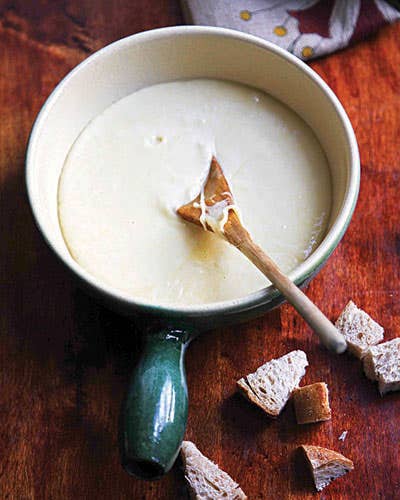
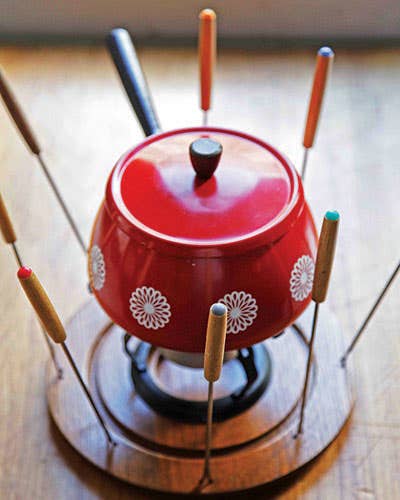
ADVERTISEMENTADAD
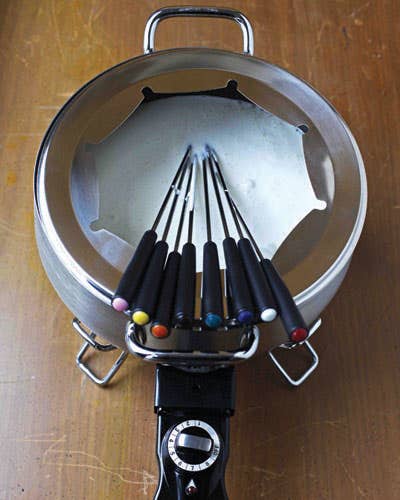
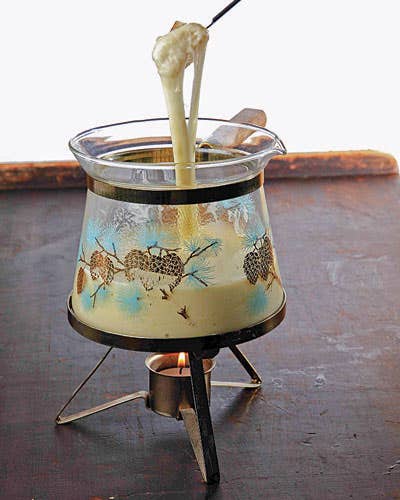
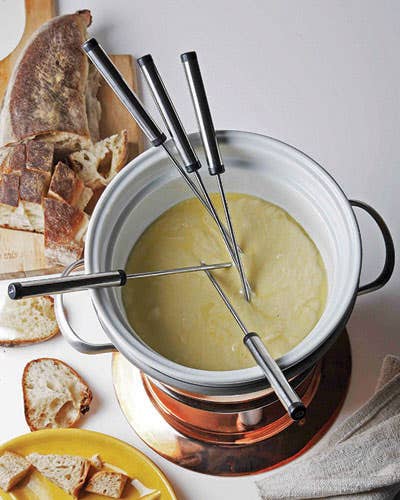
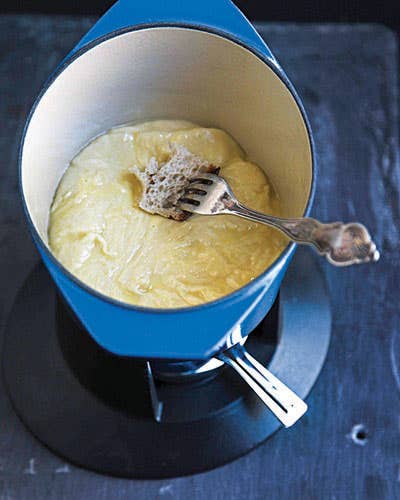
Keep Reading
Continue to Next Story
ADVERTISEMENTADAD










